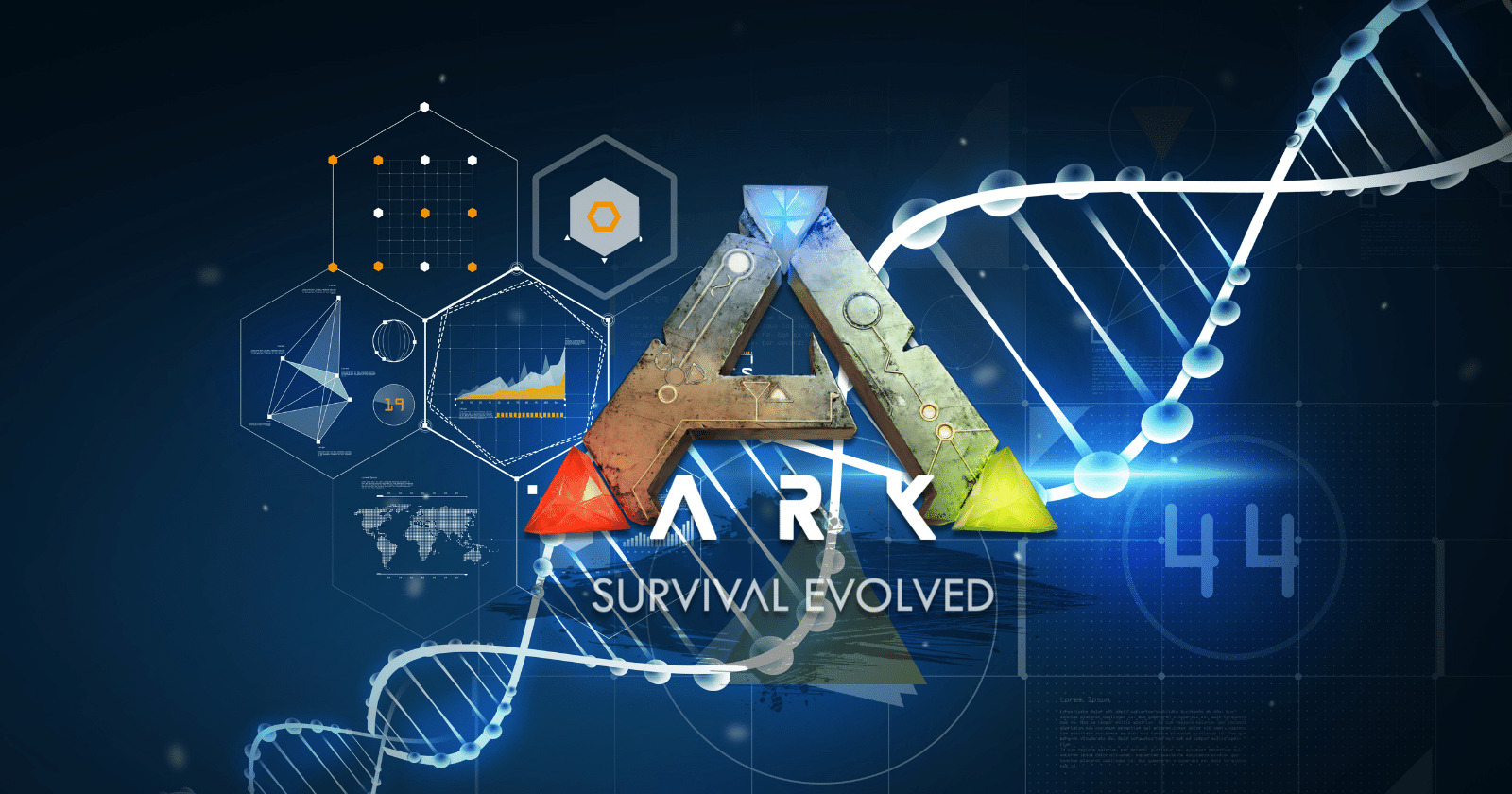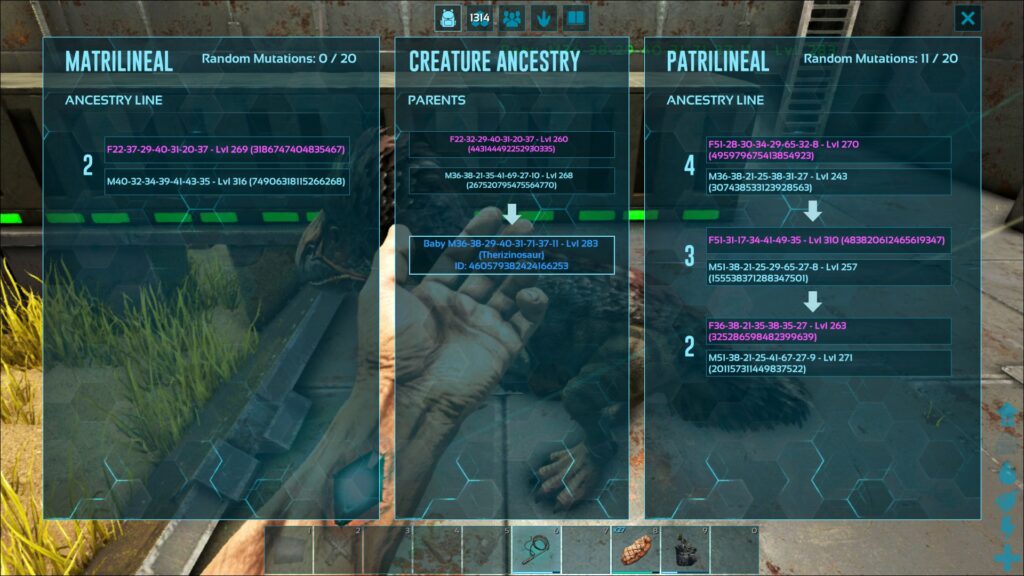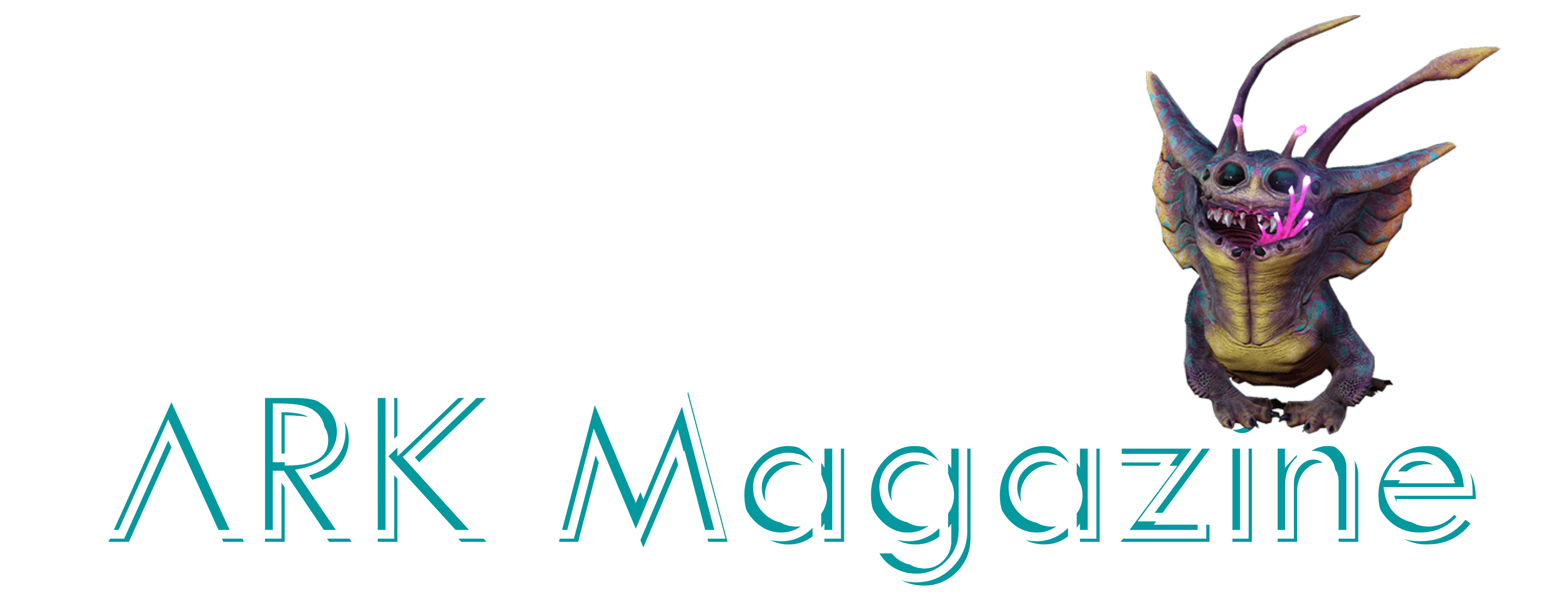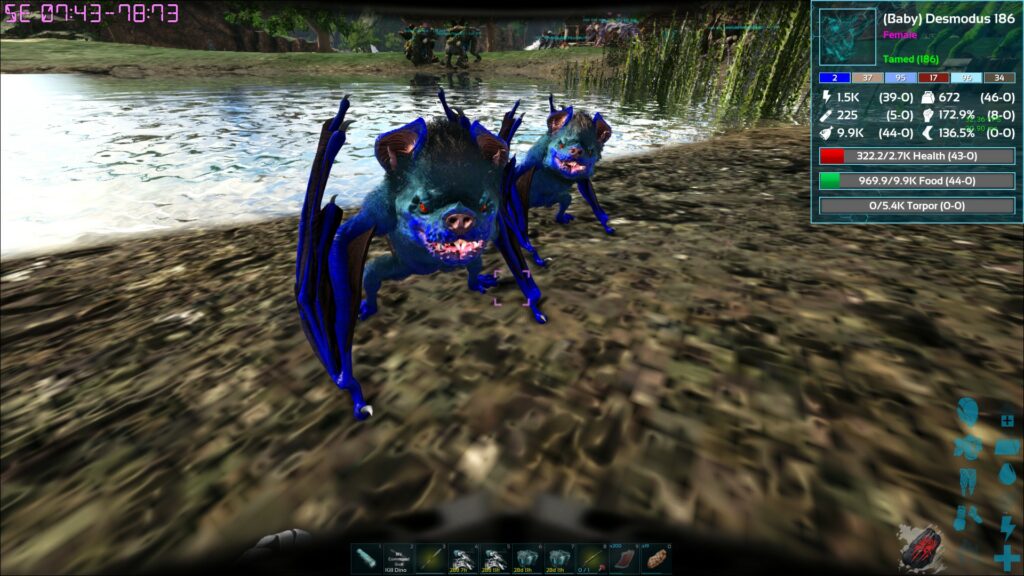
Breeding and especially mutating creatures are a core game mechanic in ARK Survival Evolved. But what are Mutations, and how do they work?
Mutations will boost a random stat by two stat points. They will also trigger a colour change on one of the 6 colour regions that are available. There are ways to target specific stats to be raised, and I will explain in detail how it works and which important steps you have to consider.
Important knowledge to have beforehand:
The stats in ARK are made up from levels. All stats levels combined are the total level of a creature. While you can’t see this in a game right away without special tools, I’ll show you how this look with a spyglass mod.
Having a Spyglass mod is really helpful to visualize how the mechanic really works.
On the top right, you can see there is the name of the creature, and then it shows it level. In this case it is 186. Under it, you can see the colours the creature has on the different colour regions. And under those colour regions you can see the different stats the creature has.
The way they are shown here are:
| Stamina 1.5k (39-0) | Weight 672 (46-0) |
| Oxygen 225 (5-0) | Melee Damage 172.9% (8-0) |
| Food 9.9k (44-0) | Movement Speed 136.5% (0-0) |
| Health 322.2 of 2.7k (43-0) | |
| Food 969.9 of 9.9k (44-0) |
I’ll explain a line of this to you so you understand what all these numbers mean:
- Stamina -> The stat in question
- 1.5k -> The value of the stamina
- 39 -> how many levels of the total level (186) are in stamina
- 0 -> how often stamina got levelled up
Let’s calculate all these level together:
39 + 46 + 5 + 8 + 44 + 0 + 43 = 185
So why do we not get to level 186? The reason is that level 1 is the base level. There are no level 0 animals. A level 1 animal spawns with 0 points on any stat. All these levels you see up there that are in the stats themselves are additional levels.
How do I see mutations on my animal?
Mutations can often be seen with a change in colour compared to the parents. Stat-and Colour mutations always happen together, so a change in colour means, there has also been a change in stats. To be absolutely sure, you can then check the ancestry of the animal so see if the mutation counter has gone up by 1 or even more.

Understanding the Creature Ancestry
The Creature Ancestry in ARK has 3 main sections: Matrilineal – Creature Ancestry – Patrilineal.
The Matrilineal side shows the ancestry of the mother of your creature, the middle shows the direct parents and the Patrilineal side shows the ancestry of the father. The mothers side and the fathers side have both separate mutation counters. They represent how many mutations that parent had to begin with. Both sides added together represent the counter of the animal you are looking at.
If the mothers side had 10/20 and the fathers side 12/20 then the offspring would have 22/20.
How do we mutate for stats in ARK?
When you mate two animals in ARK there is a 7.3% chance of you getting a mutation when both parents don’t have any or below 20 mutations. Once one parent is above 20 mutations the chance drops to 4.07% and when both parents are above 20 you won’t get any mutations at all.
Knowing this, we understand we never want to reach the last point where we block out the mutation chance at all. How do we do this? There is an easy trick to that. We mutate for stats using Mutation Stacking.
How do we choose the right animals for mutating?
There are so many different ways to tackle this, but I want to keep it simple for you since we now have the Incubator in ARK that shows us the egg stats on the egg even before hatching them.
First, you need a group of unmutated females. Unmutated means that if you open their ancestry, neither of the both sides has mutations. How many females you require, depends on how much space you have and how strong your server is.
You can calculate how many females are needed with this calculator, and it shows you also how likely it is to fail in-between breeding.
Next you need males that each carry the highest stat you want to start mutating with. For each stat you want to have one male. How high this stat should be, depends on what your maximum level on the server is you play. Let’s say you play on a 150 max level server, then look for wild creatures with at least 30 wild levels in the stat you want to mutate.

Once tamed, you are looking for on average between 40 and 45 points in your preferred level. The closer to the 50, the better of course.

If you have different maximum levels on your server, you can calculate the best available stats through this calculator tool.
What is Mutation Stacking in ARK?
Mutation Stacking is the process of collecting all the mutations in the ancestry of the animal on one side—preferable on the fathers side. Why that’s the case I will explain to you now.
Setting up a group with a bunch of females and having a handful of males with the stat to mutate, helps us to archive the goal of stacking the mutations on the fathers side.
Does it matter for mutating if I imprint my animals?
No it does not. The stat raise through imprinting is just locally on your animal and tied to the imprint percentage. Since babies are born with 0% imprint, they won’t inherit the raise. It’s quite the opposite of what you want to do actually. If you don’t imprint your creatures then you can alwas see their proper base stats and you know what to compare the babies too. So avoid imprinting creatures unless you plan on using them.
How do you breed for mutations now?
First you will never switch out the females from here on. They will stay in their position the whole mutation process over. When we do this, we can make sure that the mothers side on the babies will always be mutation free because they don’t inherit them from their mothers.
You now will breed your male with all females and then look through the eggs via your Incubator or you simply hatch them and then check the stats on the babies. If your animals are mammals, you can get yourself a buff at the Incubator and will be able to see the stats of the embryos in the mothers’ womb when looking at them. That was a recent change they added to the Incubator code.
If you get a baby that has the mutation on the right stat, you raise it. If it’s a male you can use it as your new breeder. If it is a female, you breed it with an unmutated male until you get a male baby that inherited the mutated stat. This baby is then your new breeder.
If you ever only switch out the breeder male, the mutations will only stack on the fathers side because he carries them exclusively.
How to progress once the male has 20 mutations
20 mutations is a kind of soft cap to your breeding. Below 20 mutations on the male, you could get new mutations on the mothers or the father side. Once the male reaches 20 mutations, new mutations will only ever show on the left side and then be moved to the right side once you use the male for breeding.
My advice would be to double the amount of females you use from this point on since the progress will slow down noticeable. The calculator suggested earlier gives you an option to chose from when one side is capped.
Can you get past 40 mutations in ARK?
Yes you can get past 40 mutations easily. I am not sure who started the rumour that you can ever only get 40 mutations, but it is wrong. Your mutations can go into the hundreds if you follow the proper mutation stacking procedure. 40 mutations is not the end.
How long can you mutate?
You can keep mutating until the stat you are mutating reaches 255 or 254 points depending on if you started with an odd or even number on your base stat. The maximum amount of points you can have on a single stat is 255, but once you reach that, you won’t be able to level that stat any more. If the stat is 254 or 253 you can put the full amount of level ups into it.
Some say this is a bug or an overlook. But even if it is, there is a high chance that it won’t be fixed any more because ARK 1 development has been finalized apart from a TLC we are still waiting for.

